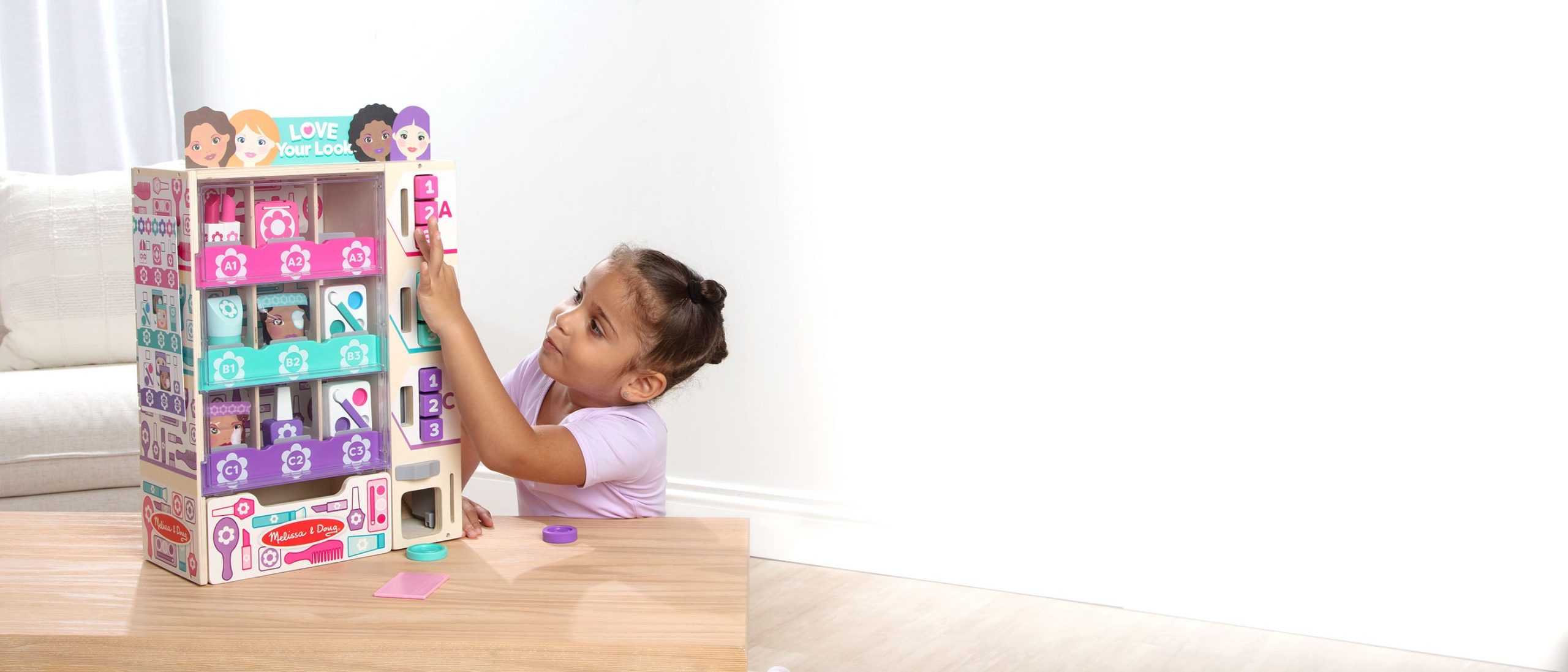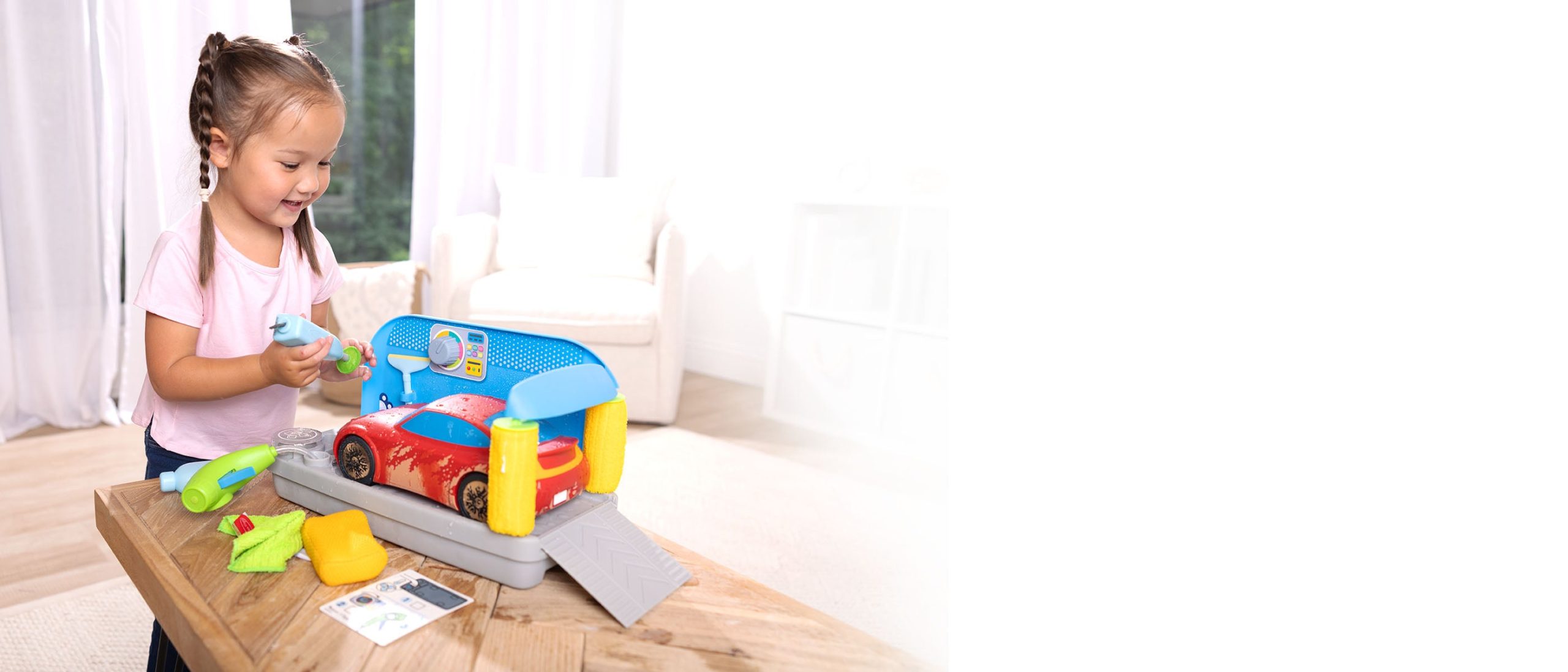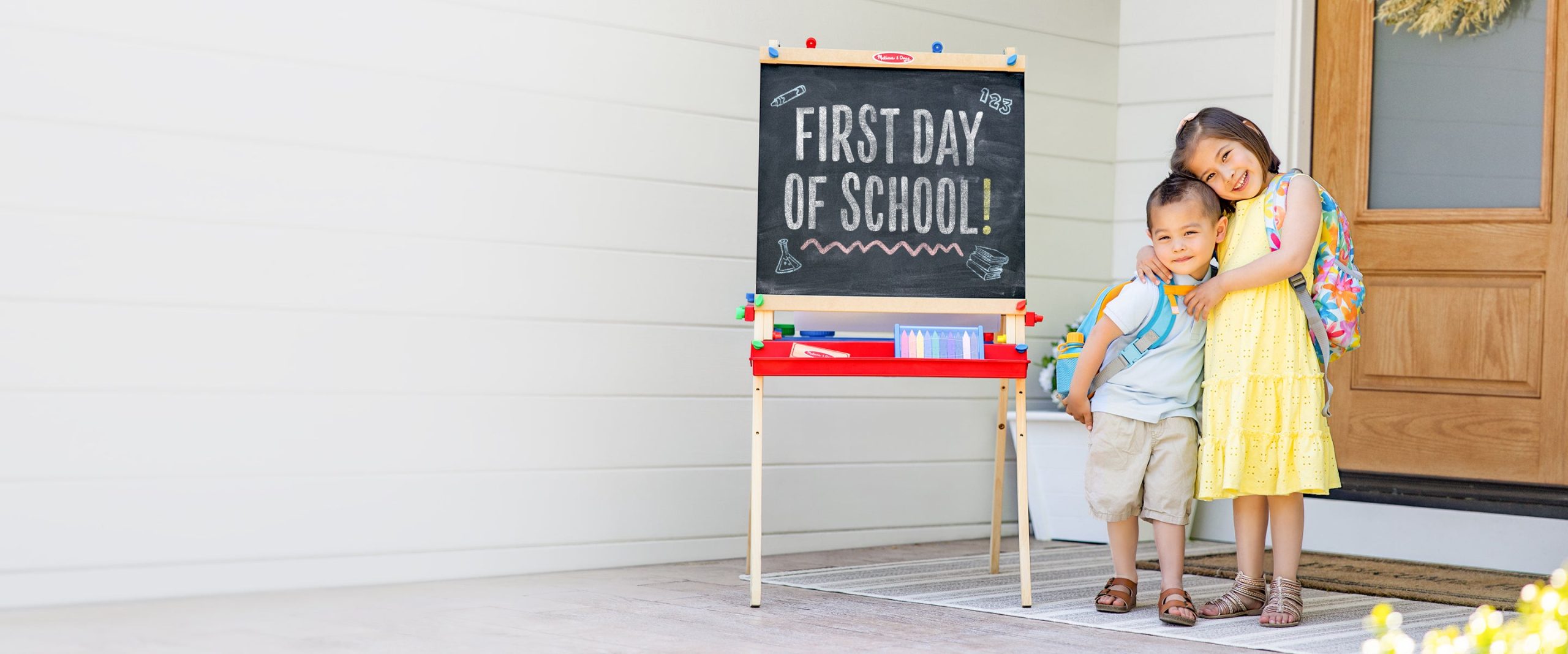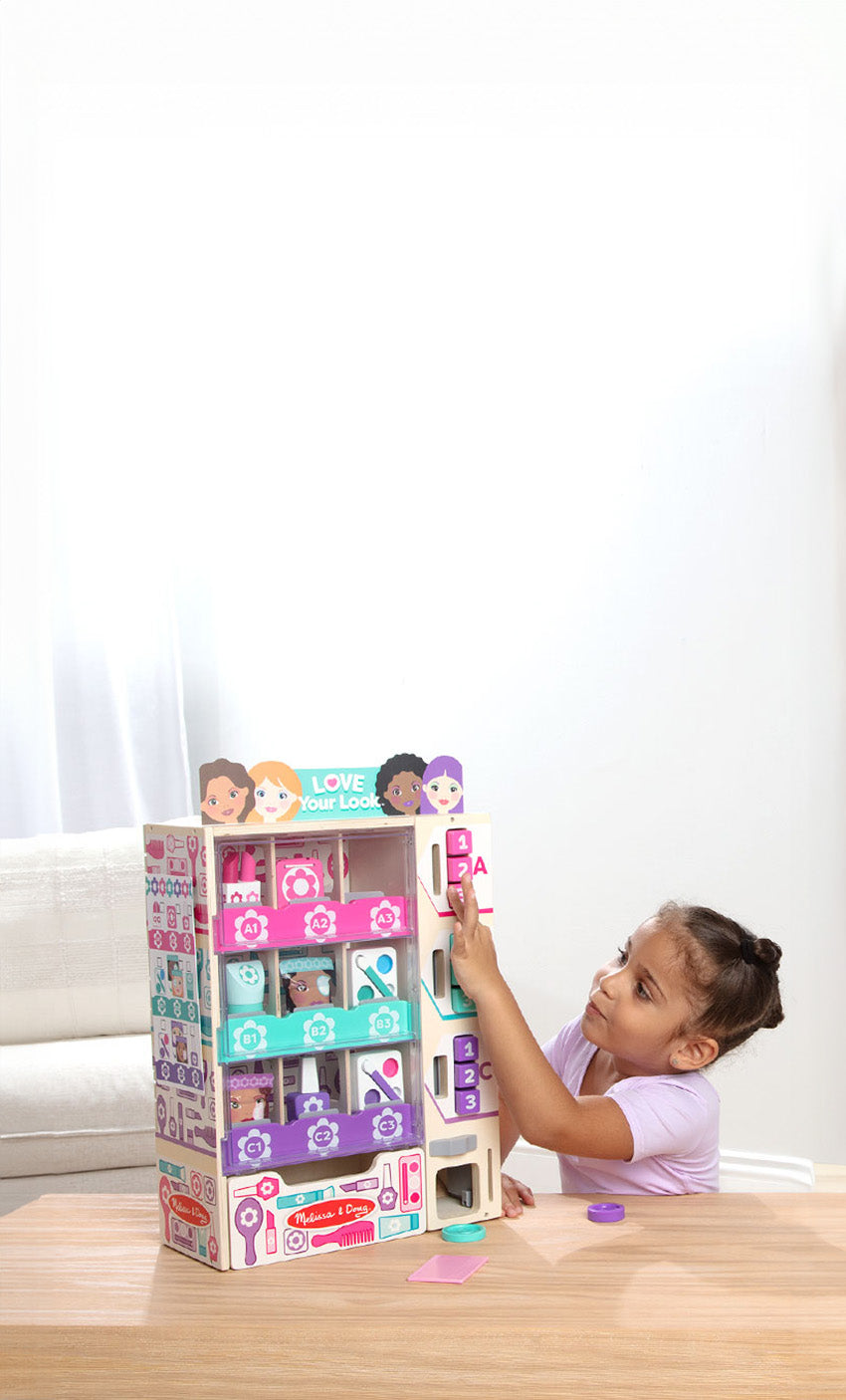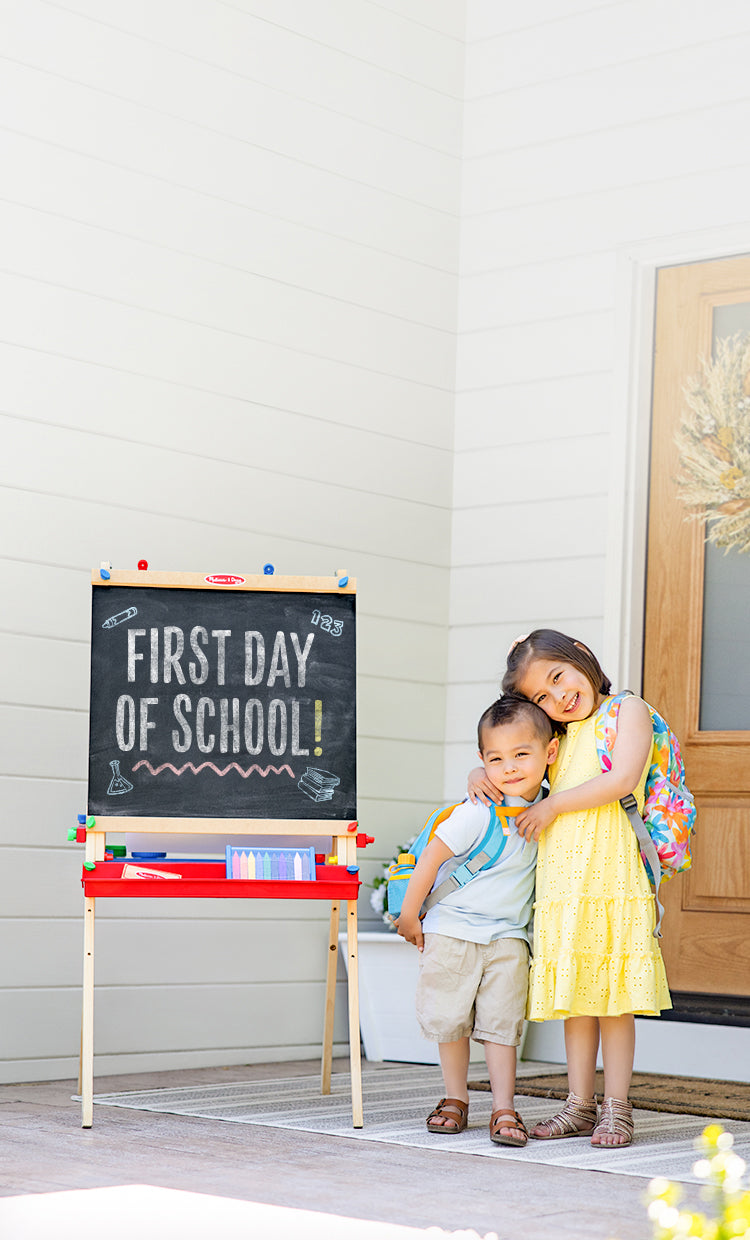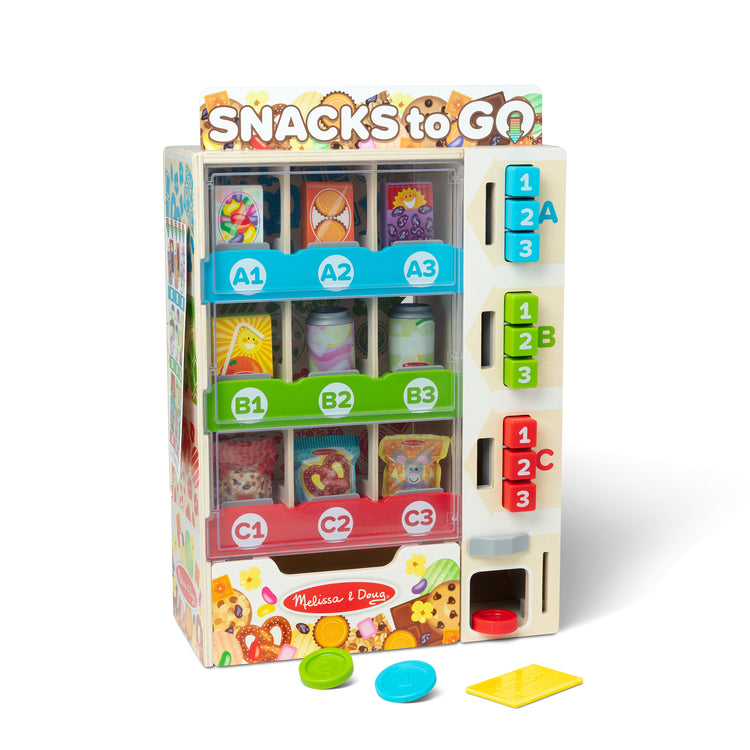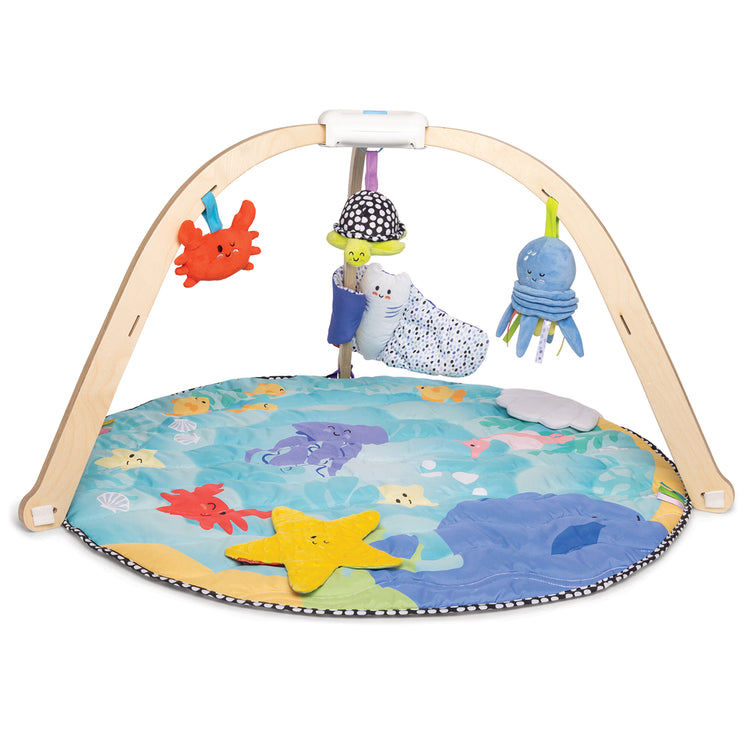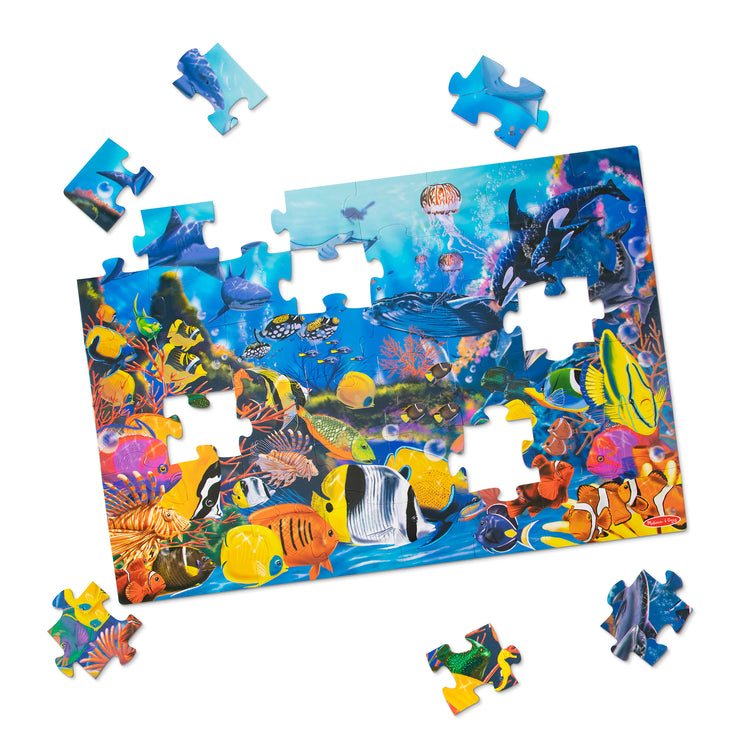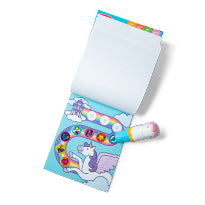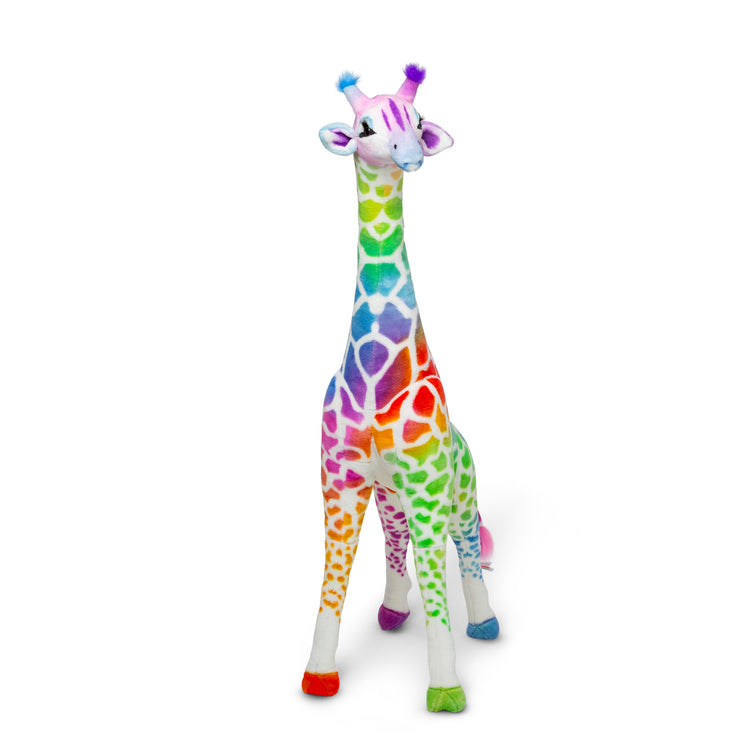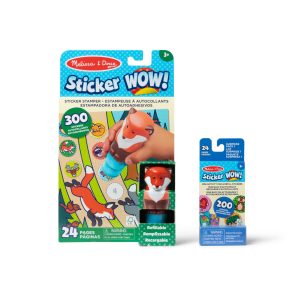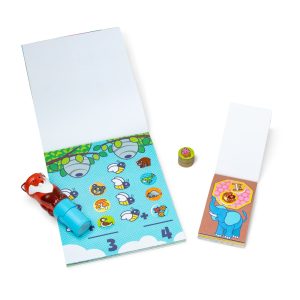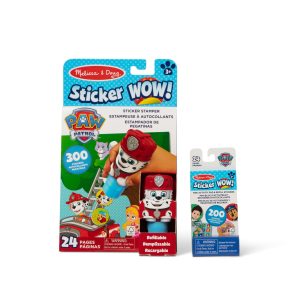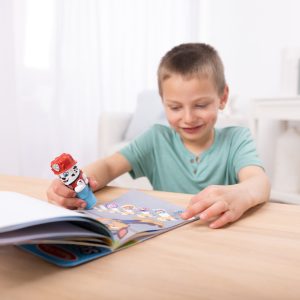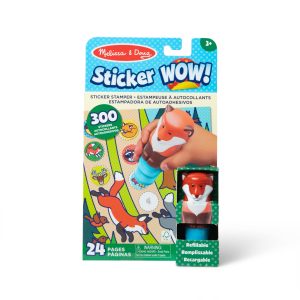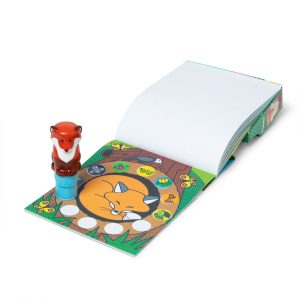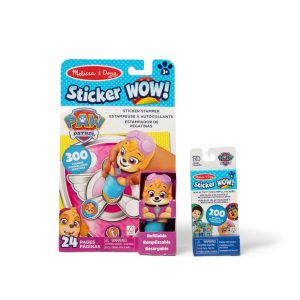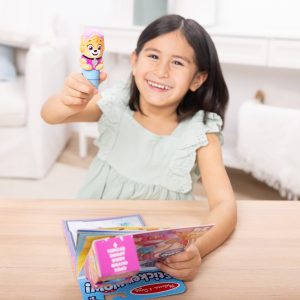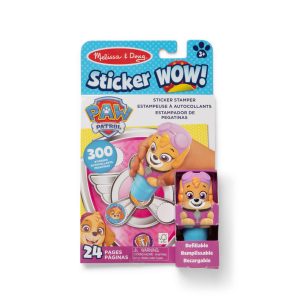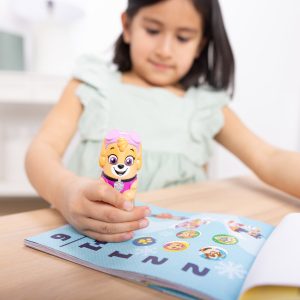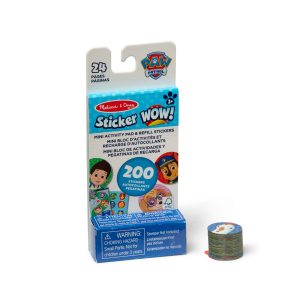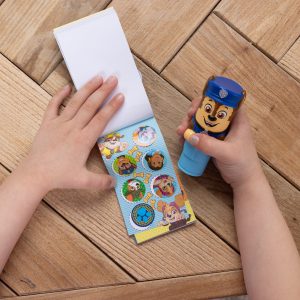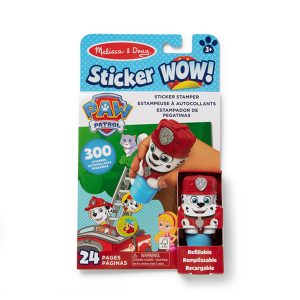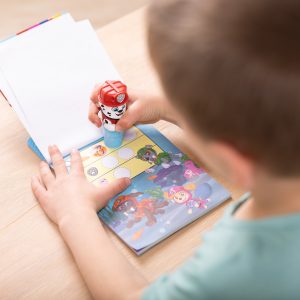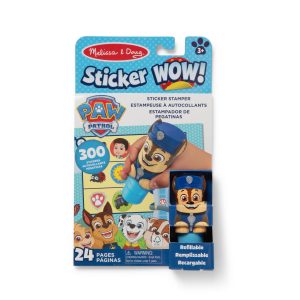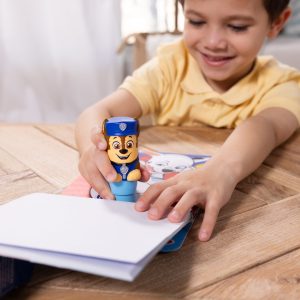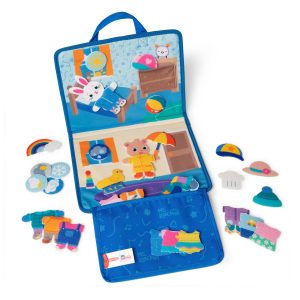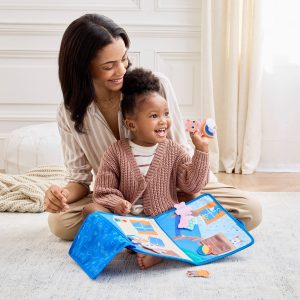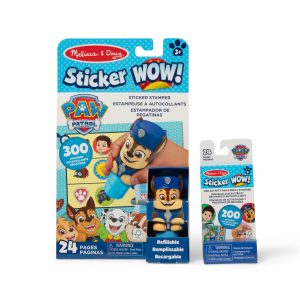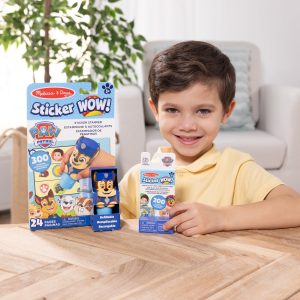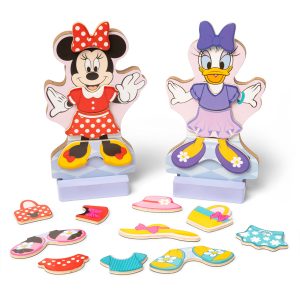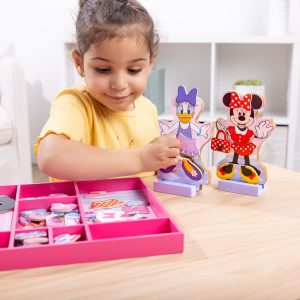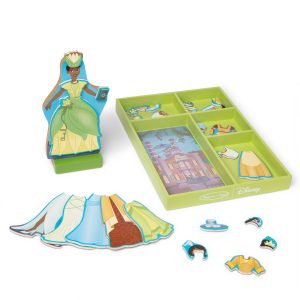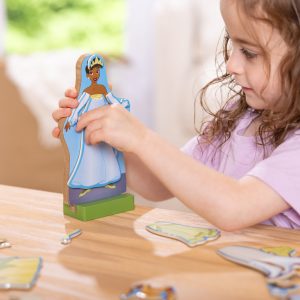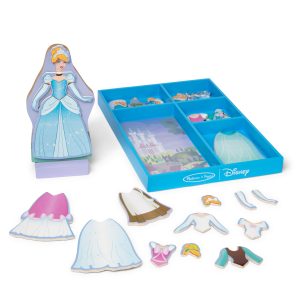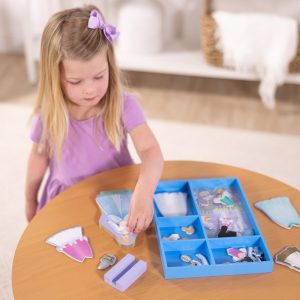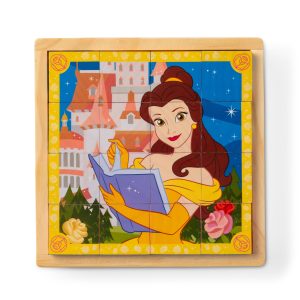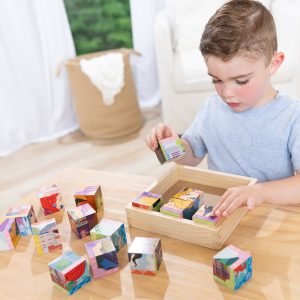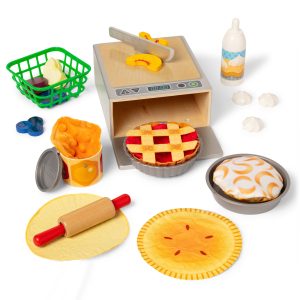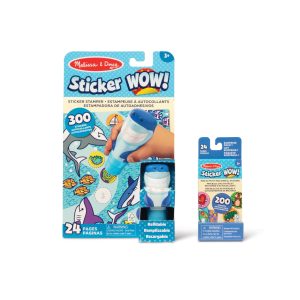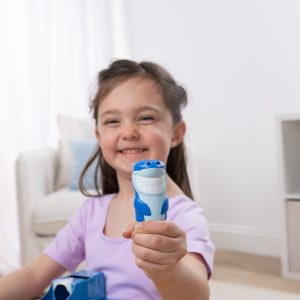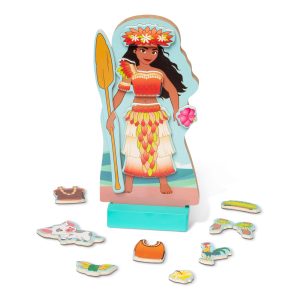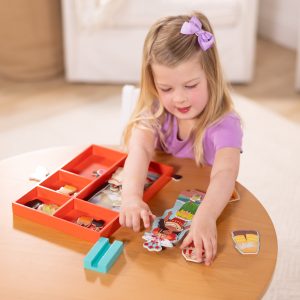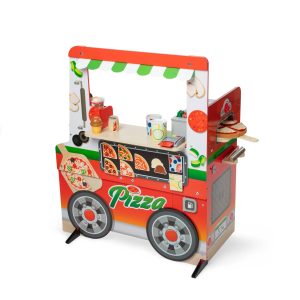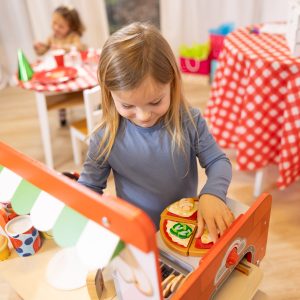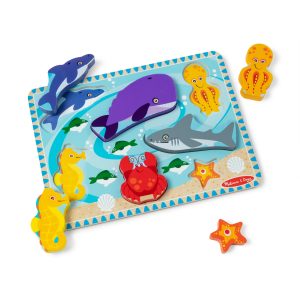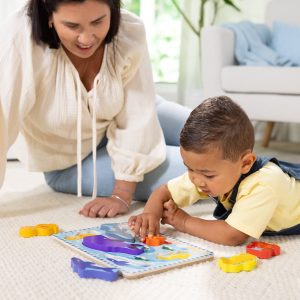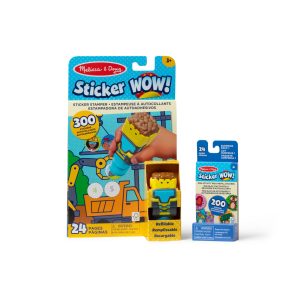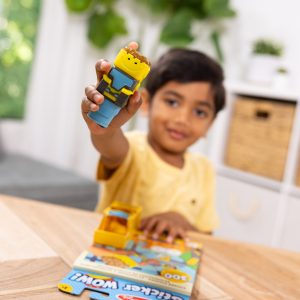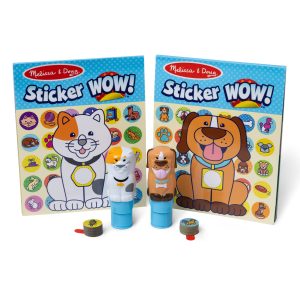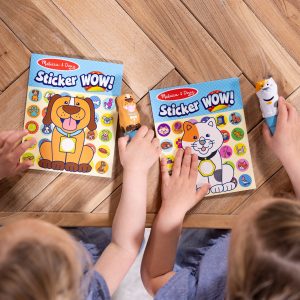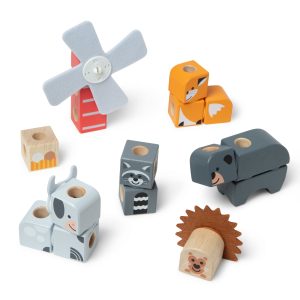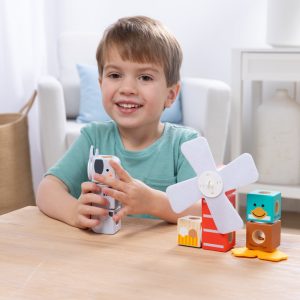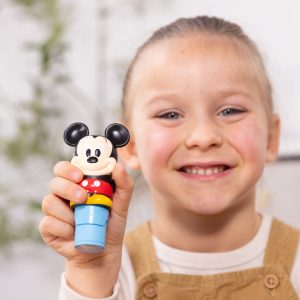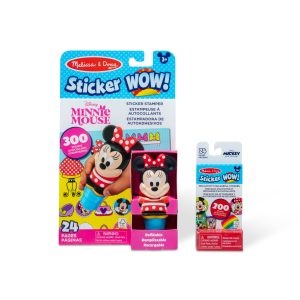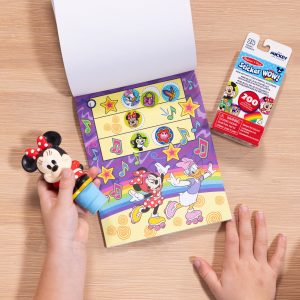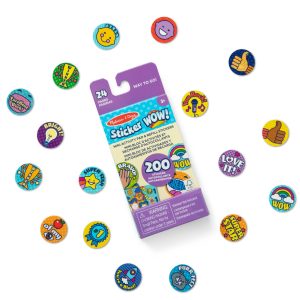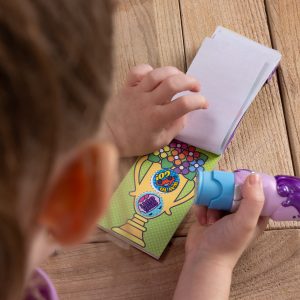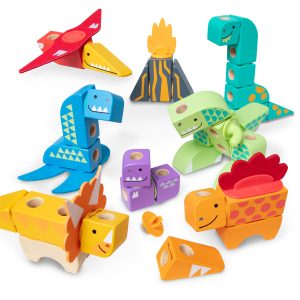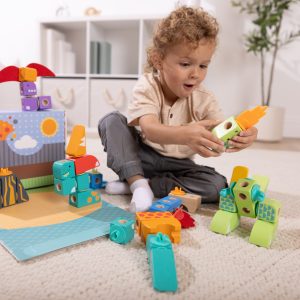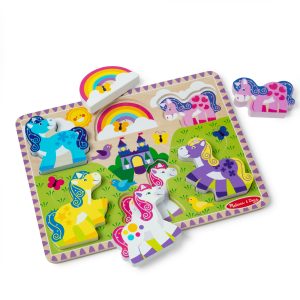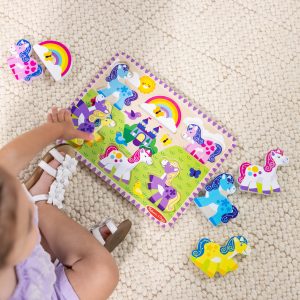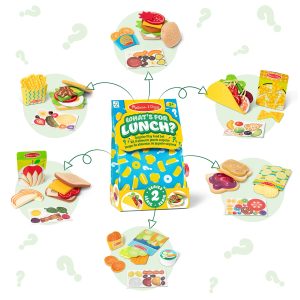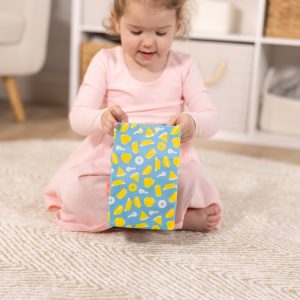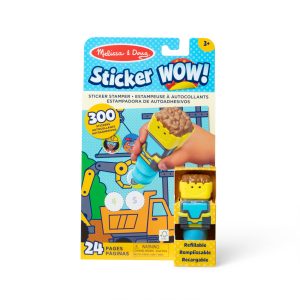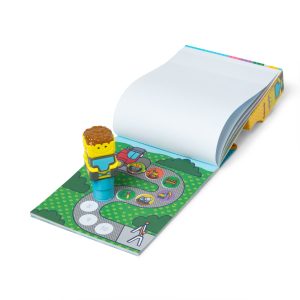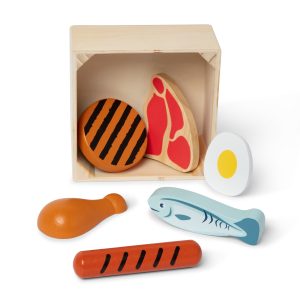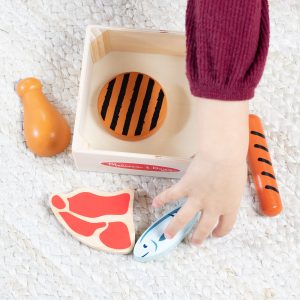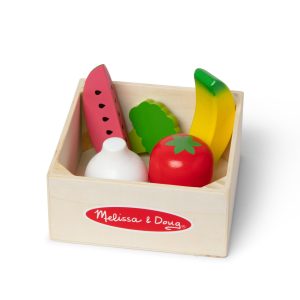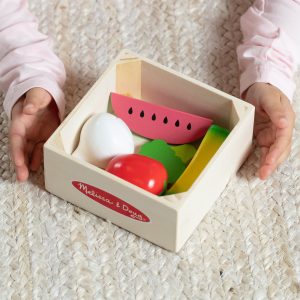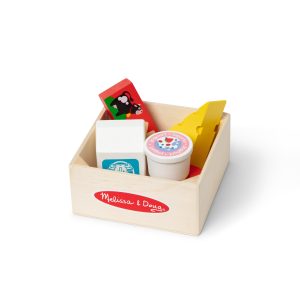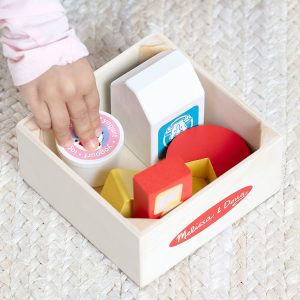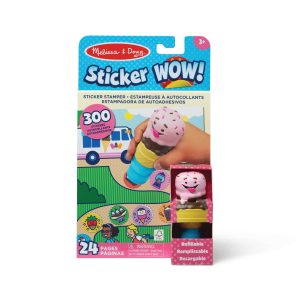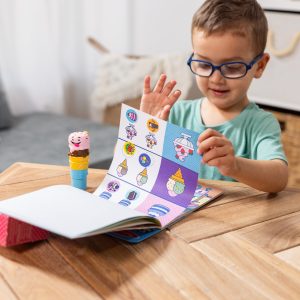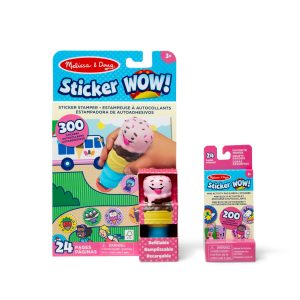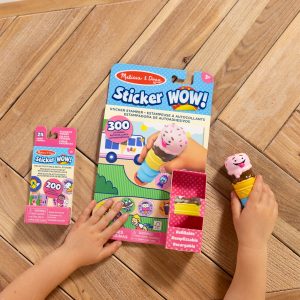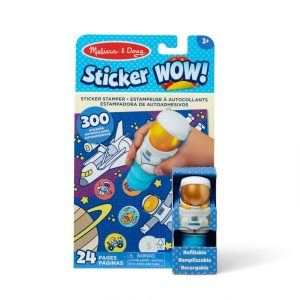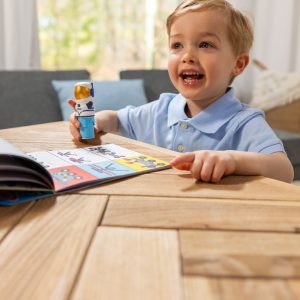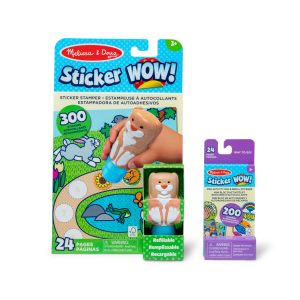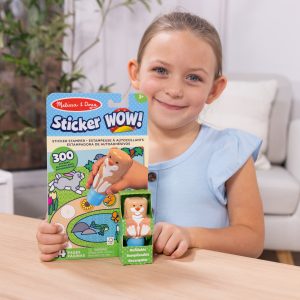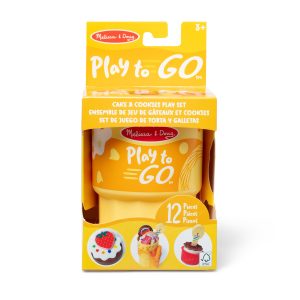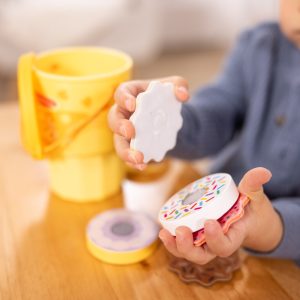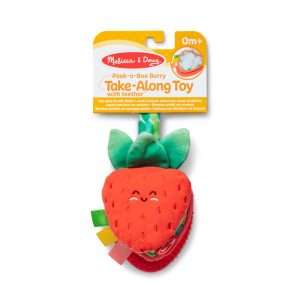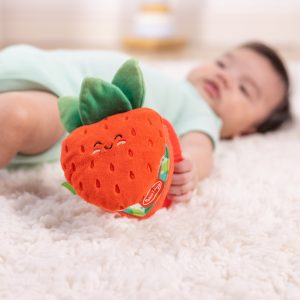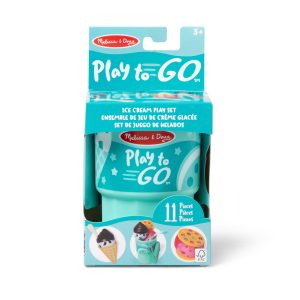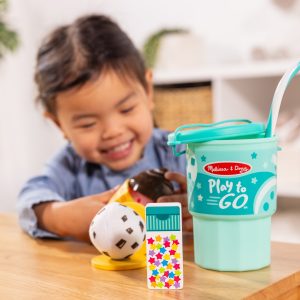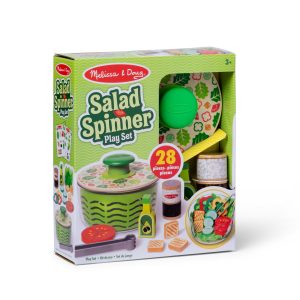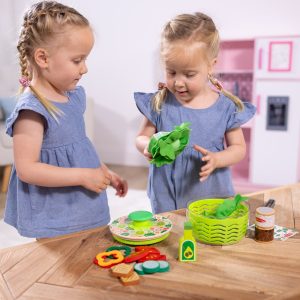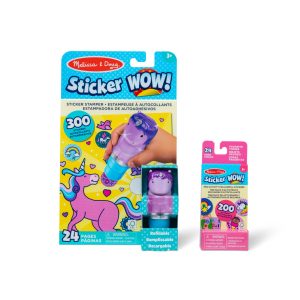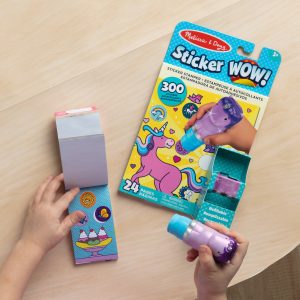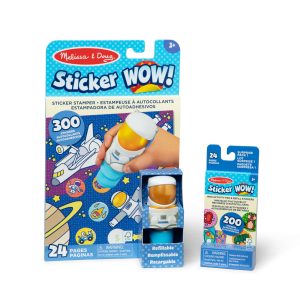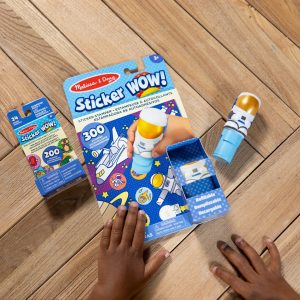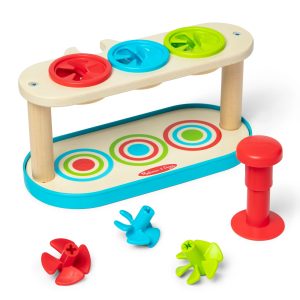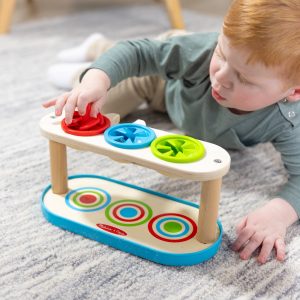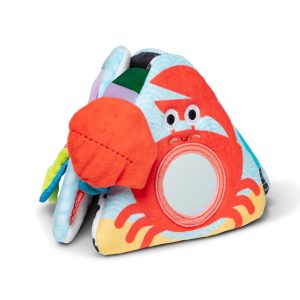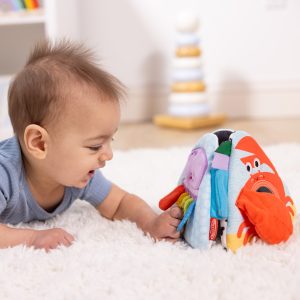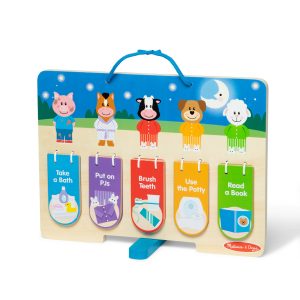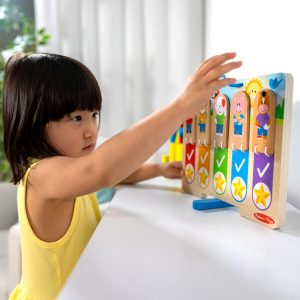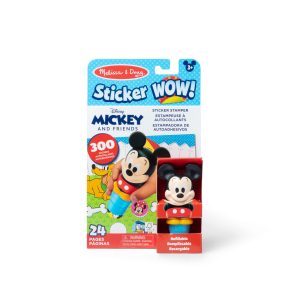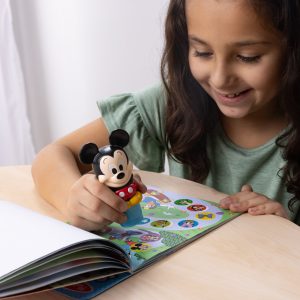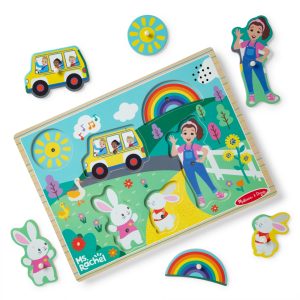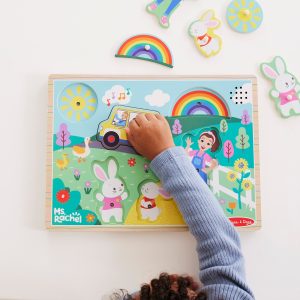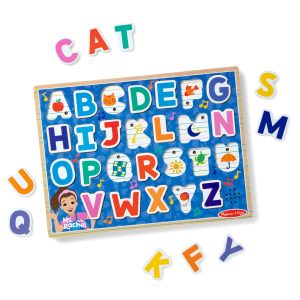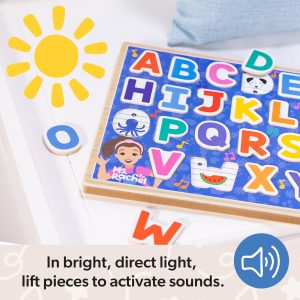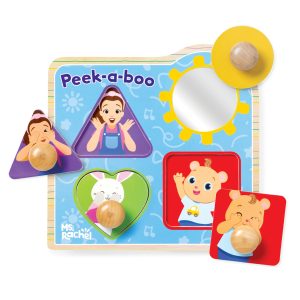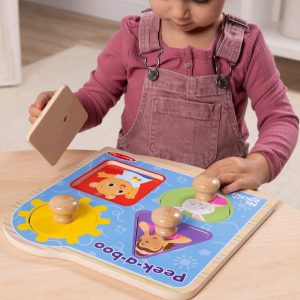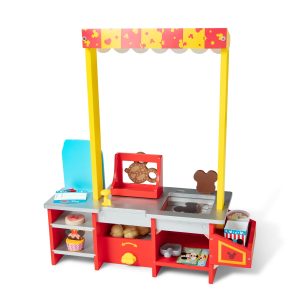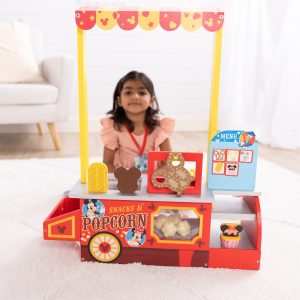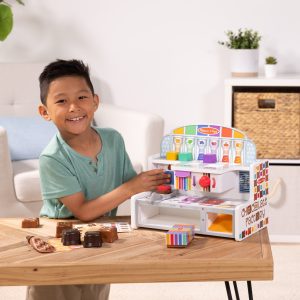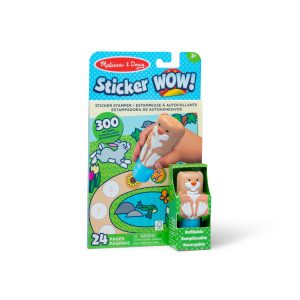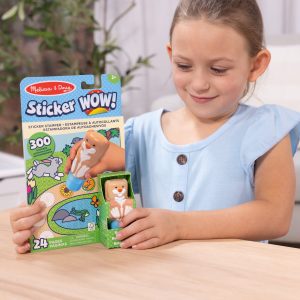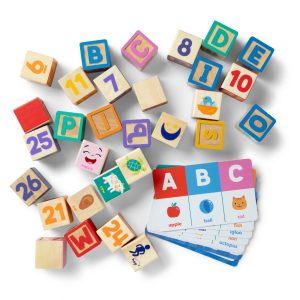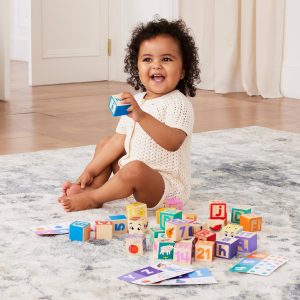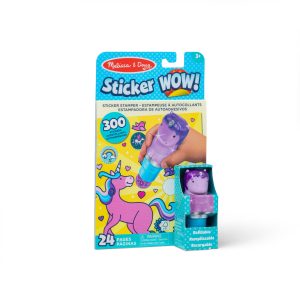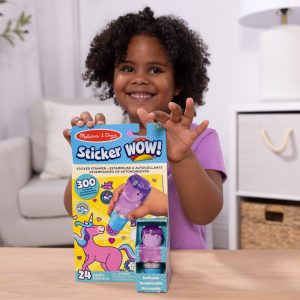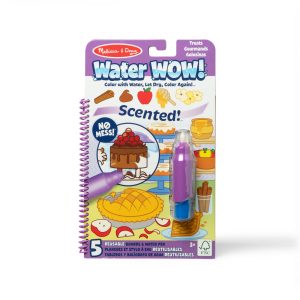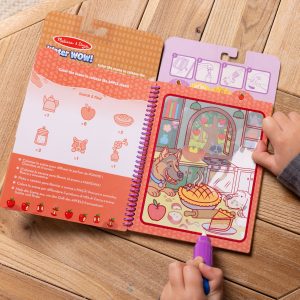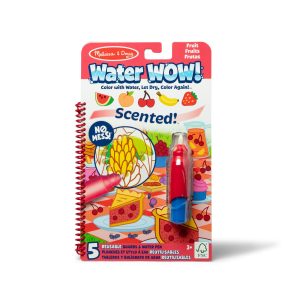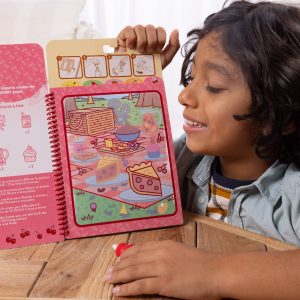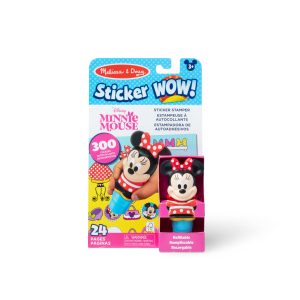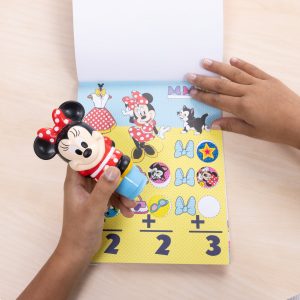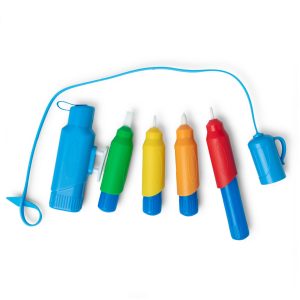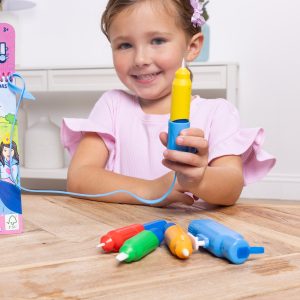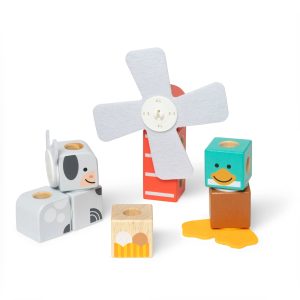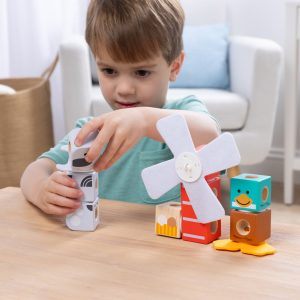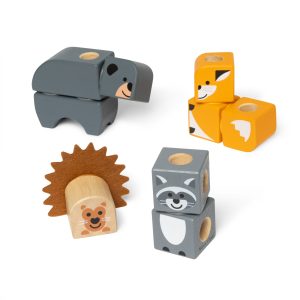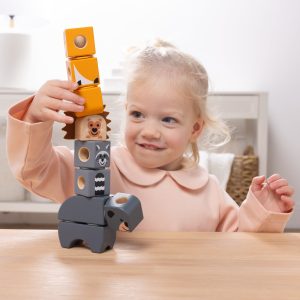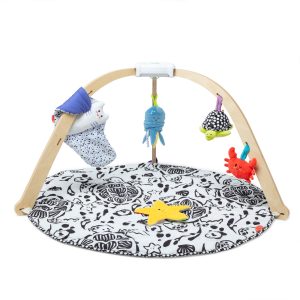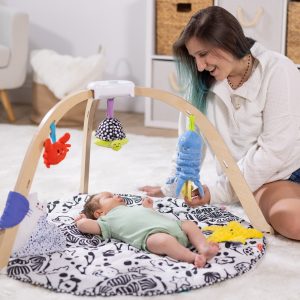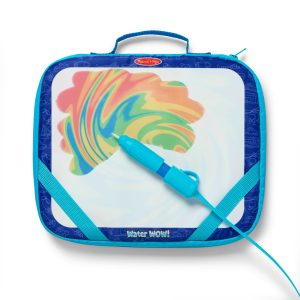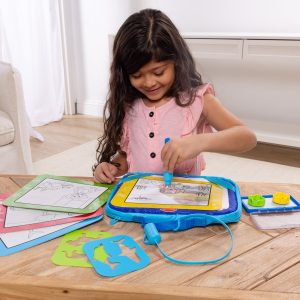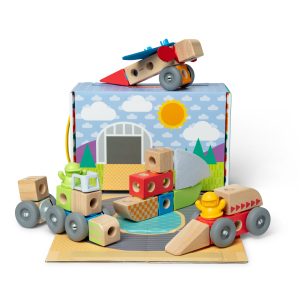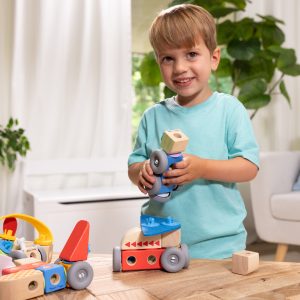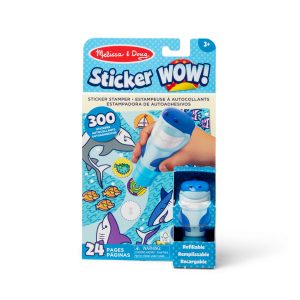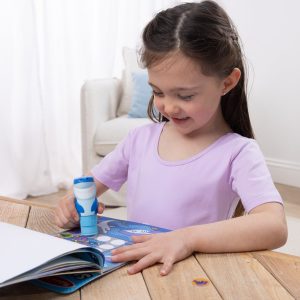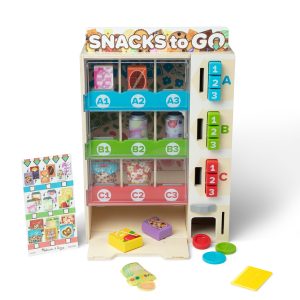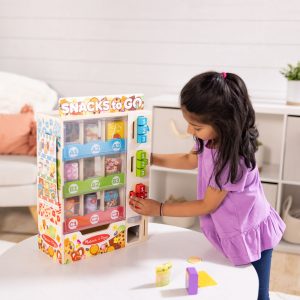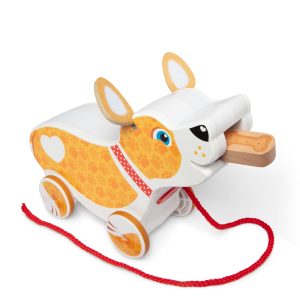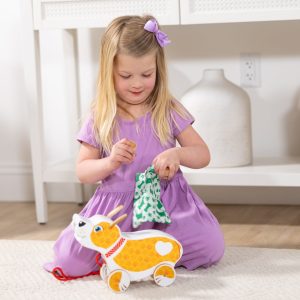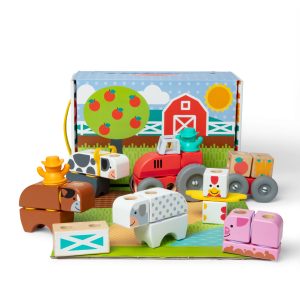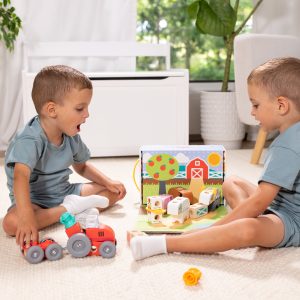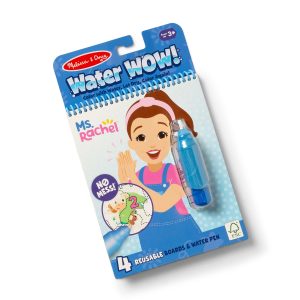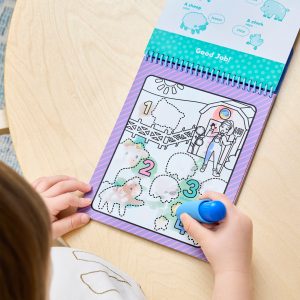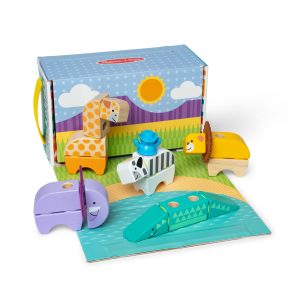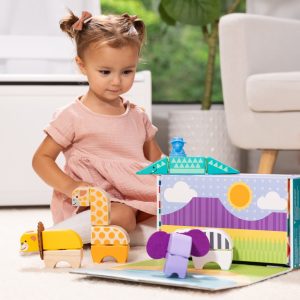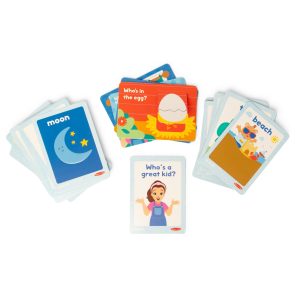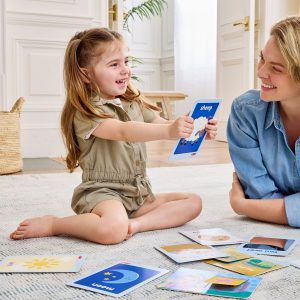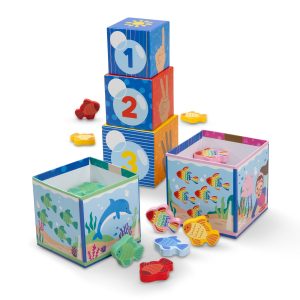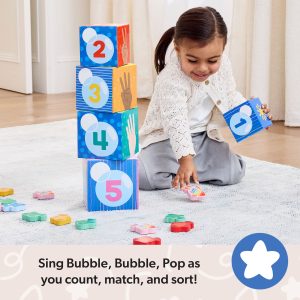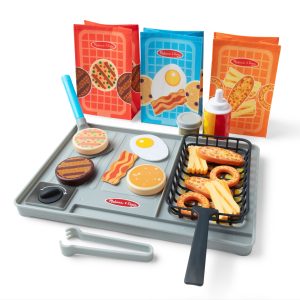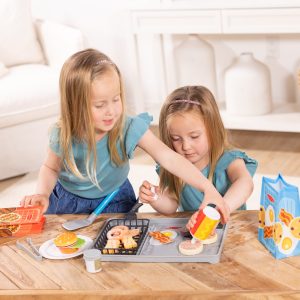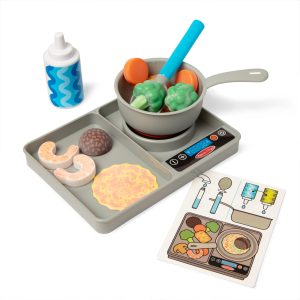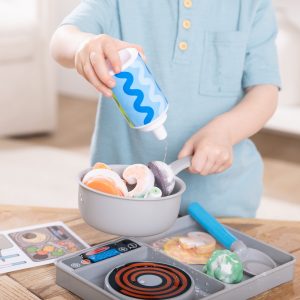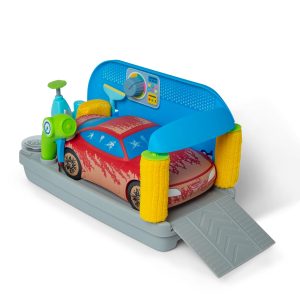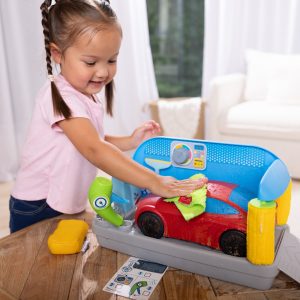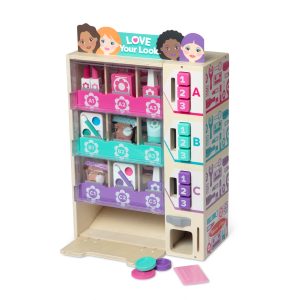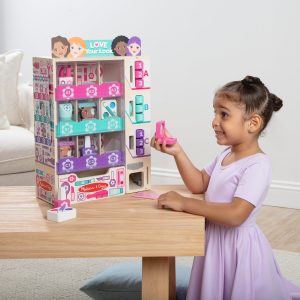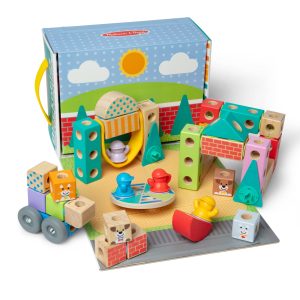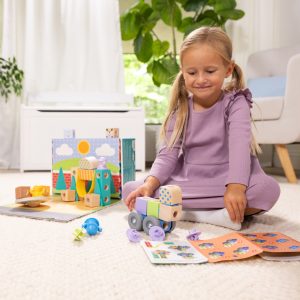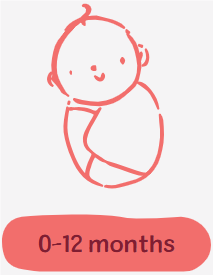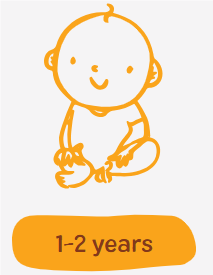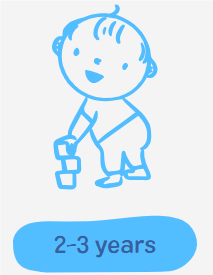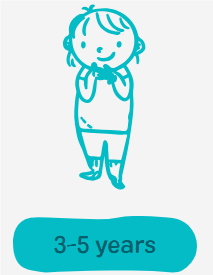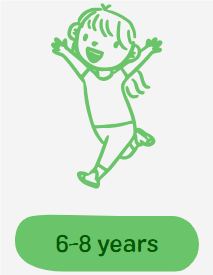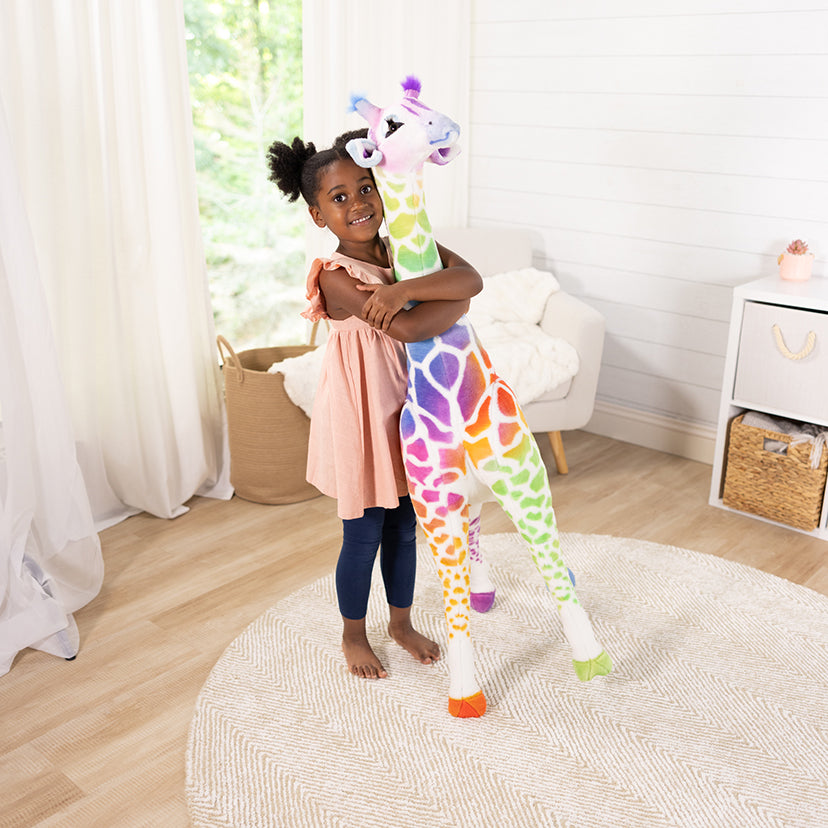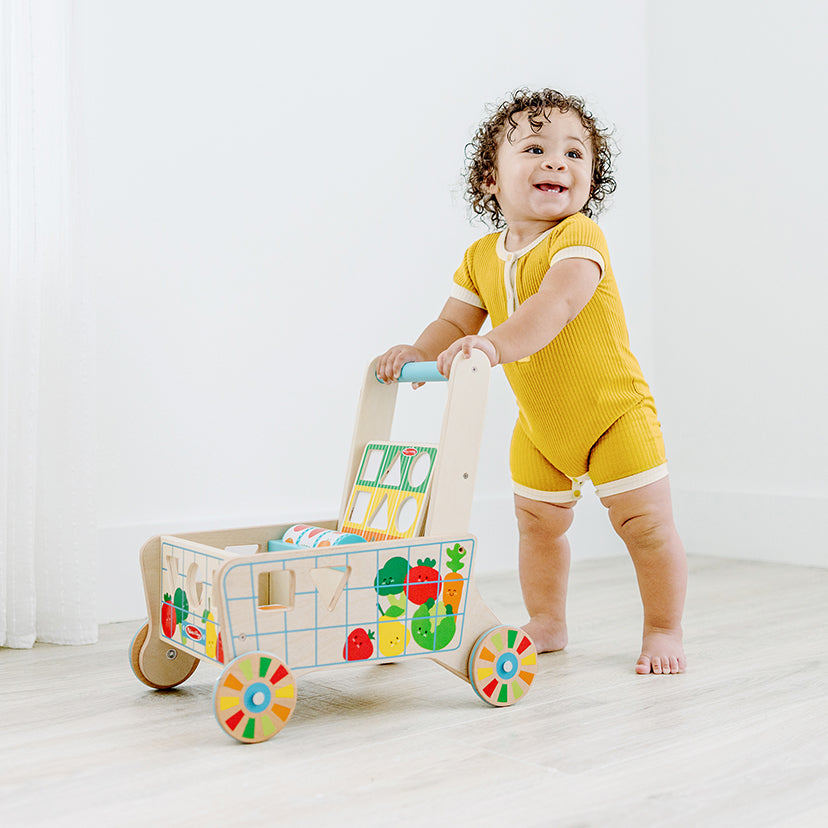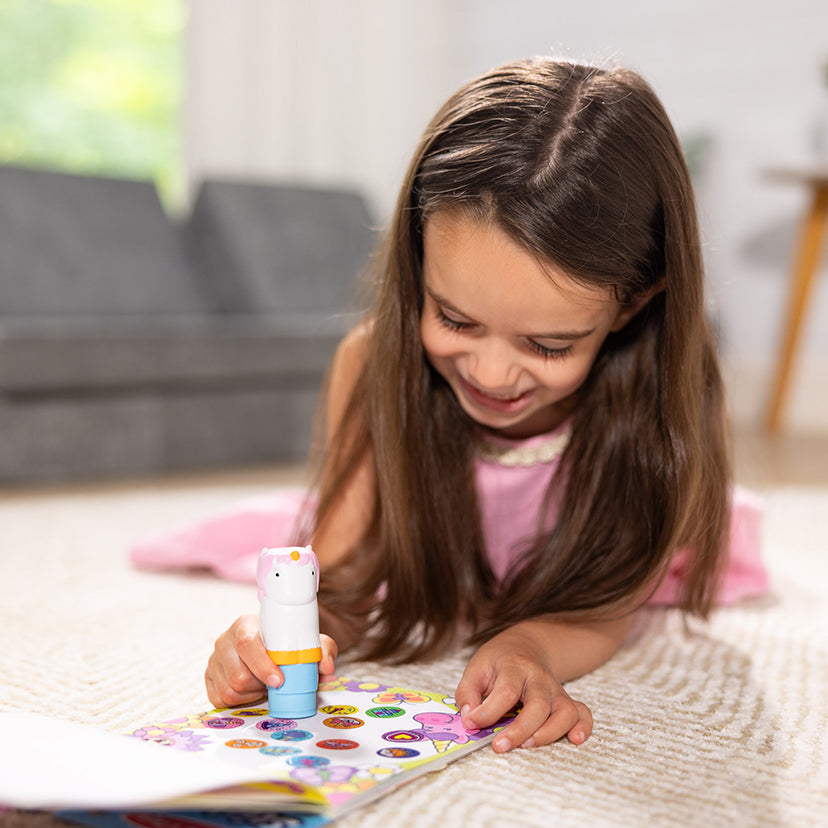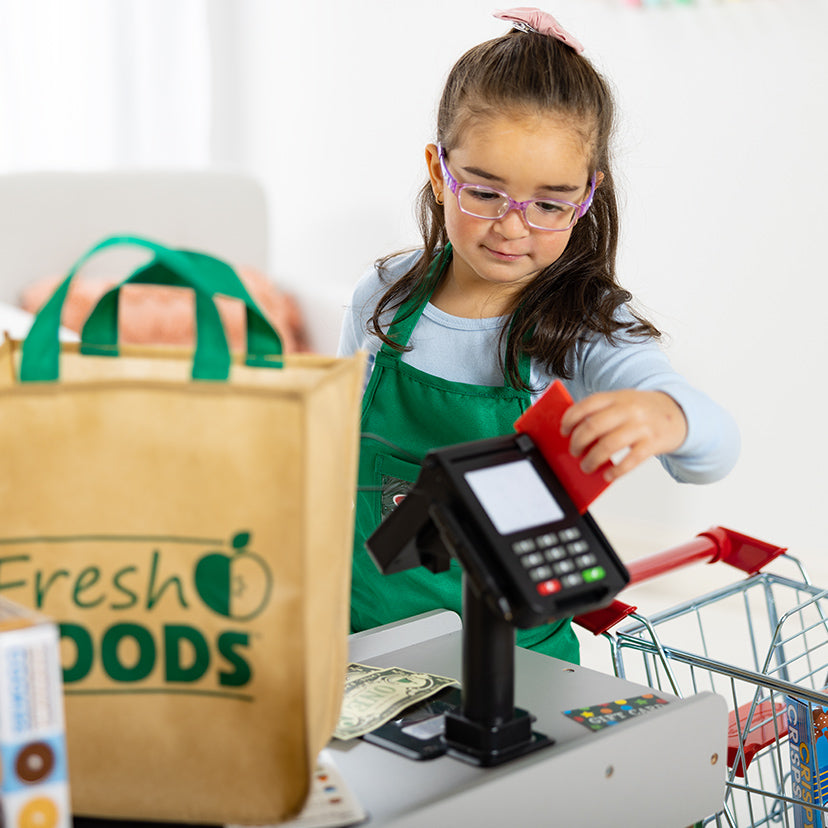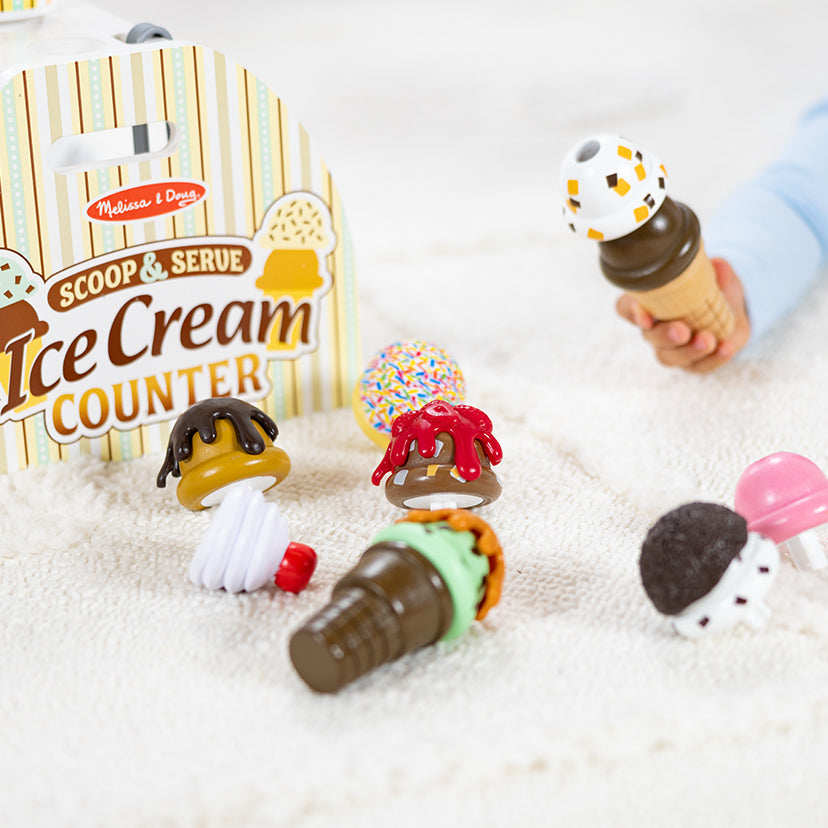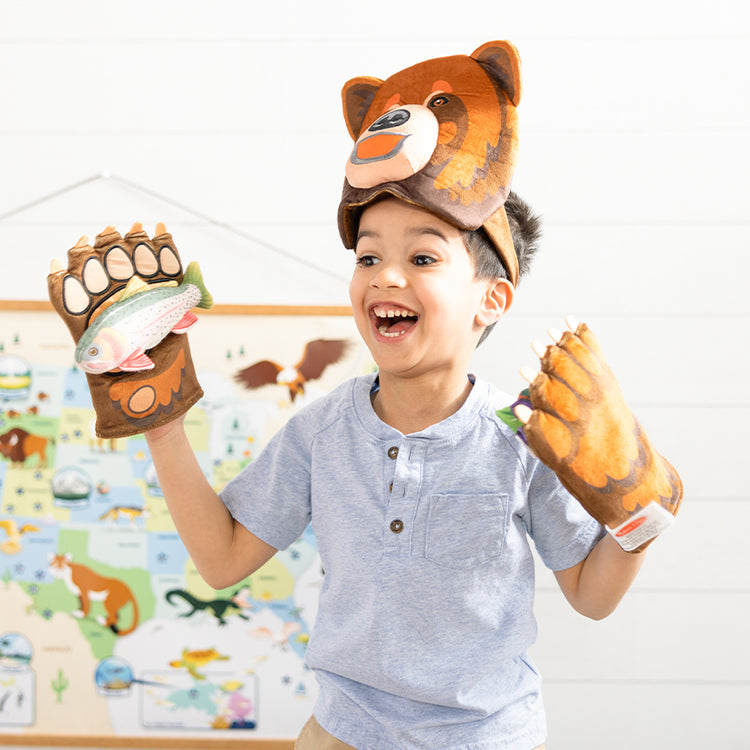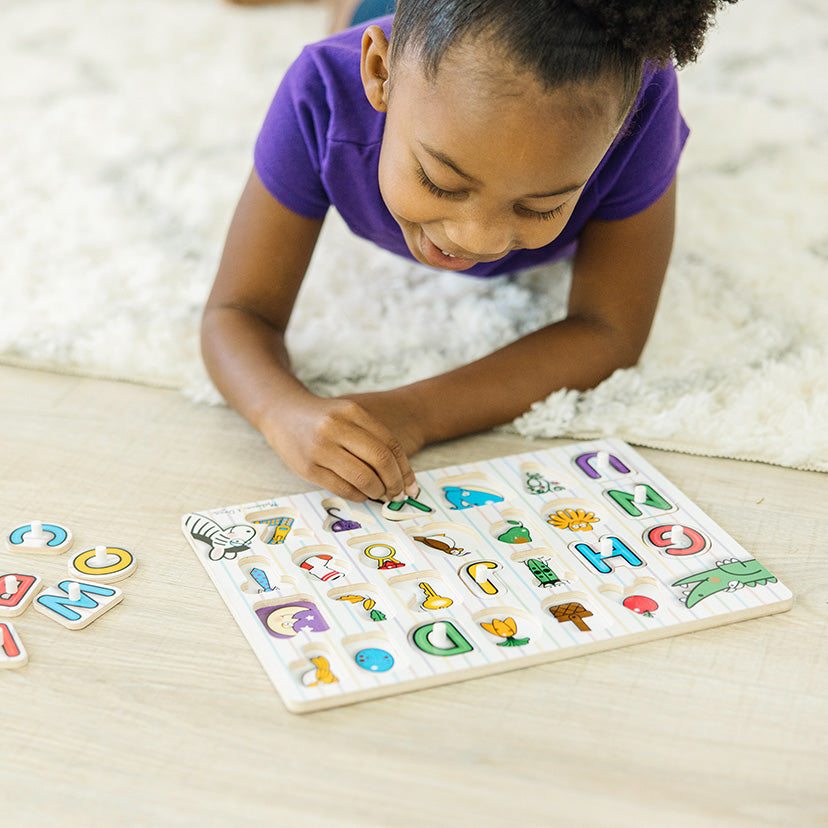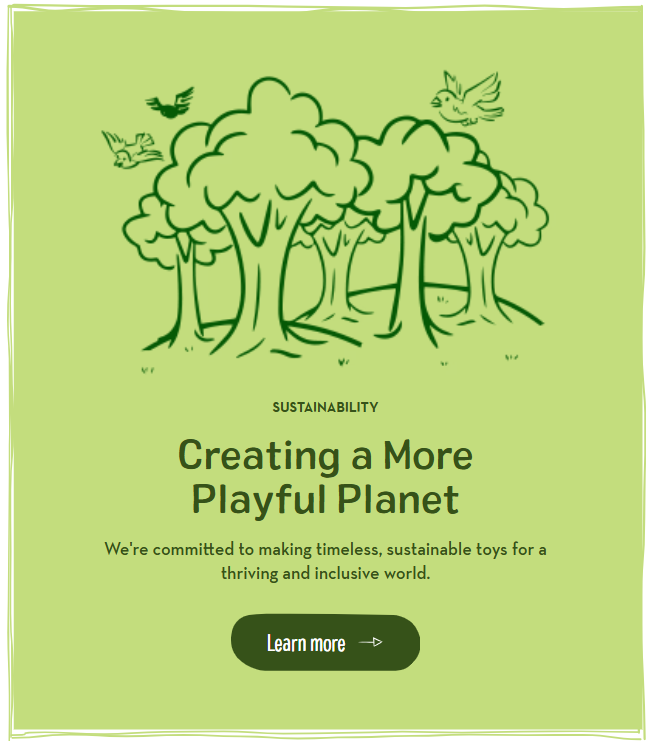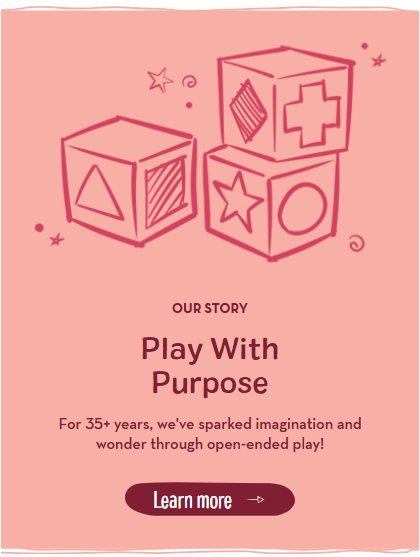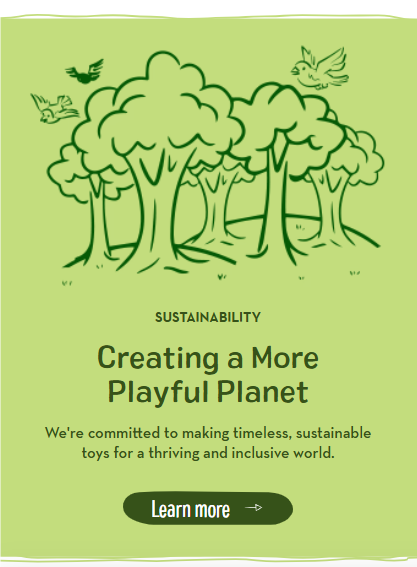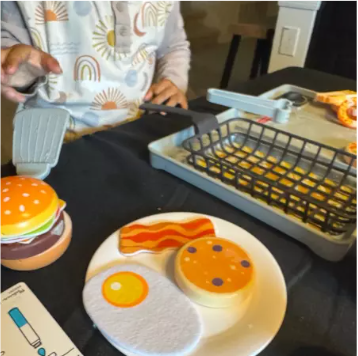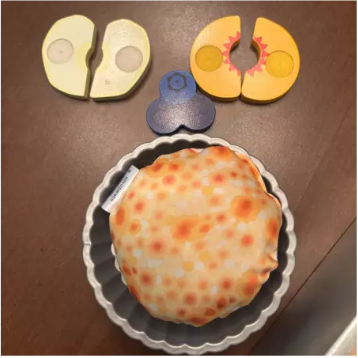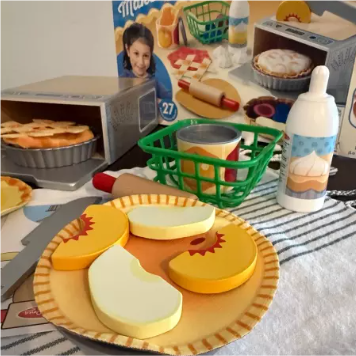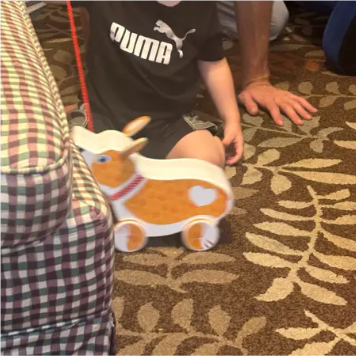STOCK UP
ON FUN
Find new Pretend play favorites like the Sort,.
Stock, Select Beauty Kiosk that will bring make-
believe to life.
How Children’s Toys Shape Development: Beyond Playtime Fun
Play is often seen as a child’s natural language—a way they explore the world, express themselves, and make sense of their surroundings. At the center of this play are toys, which are far more than mere sources of entertainment. From the simplest wooden blocks to interactive puzzles, toys play a pivotal role in every stage of a child’s development, fostering cognitive growth, social skills, emotional regulation, and physical abilities. Understanding how different toys influence these areas can help caregivers and educators choose tools that support holistic growth, turning playtime into a powerful opportunity for learning. In this blog, we’ll explore the multifaceted impact of children’s toys on development, breaking down how various types of playthings contribute to key skills and milestones.
The Cognitive Impact: Building Brains Through Play
Cognitive development encompasses a child’s ability to think, reason, solve problems, and understand concepts like numbers, shapes, and language. Toys designed to challenge and engage the mind are essential for nurturing these skills, often in ways that feel like play rather than “learning.”
Problem-Solving and Critical Thinking
Puzzles are a classic example of toys that boost problem-solving abilities. Whether it’s a simple four-piece puzzle for toddlers or a complex 100-piece set for older children, putting pieces together requires trial and error, pattern recognition, and persistence. As children manipulate pieces, they learn to analyze shapes, fit edges together, and adjust their approach when something doesn’t work—skills that translate directly to logical reasoning.
Building toys, such as interlocking blocks or construction sets, take this a step further. They encourage spatial awareness as children visualize how pieces can form structures, towers, or vehicles. Younger kids might focus on stacking blocks without them falling, while older children tackle more complex designs, experimenting with balance, stability, and engineering principles. These toys also promote planning: a child might sketch a design (even mentally) before building, then adapt as they encounter challenges, fostering flexible thinking.
Language and Communication Skills
Toys that involve storytelling or role-playing are powerful tools for language development. Dolls, action figures, and playsets (like miniature houses or stores) invite children to create narratives, assign roles, and engage in dialogue. A toddler might say, “Doll is hungry,” while an older child enacts a detailed scenario with characters having conversations, resolving conflicts, or describing their actions. This kind of play expands vocabulary, improves sentence structure, and enhances expressive language as children learn to articulate their ideas.
Books with interactive elements—such as lift-the-flap pages or touch-and-feel textures—also blend play with language development. Pointing to pictures, naming objects, and asking questions during reading time builds receptive language skills, while retelling stories using toy characters reinforces comprehension and memory. Even simple toys like alphabet blocks or magnetic letters can make learning letters and sounds feel playful, laying the foundation for reading and writing.
Mathematical and Scientific Thinking
Many toys introduce mathematical concepts in a hands-on way, making abstract ideas concrete. Counting blocks, shape sorters, and measuring tools (like toy scales or rulers) help young children grasp numbers, sizes, and comparisons. A child sorting blocks by color or shape is learning classification; counting how many fit into a container builds number sense; comparing “taller” vs. “shorter” towers develops measurement skills.
For older children, science-themed toys—such as magnifying glasses, nature exploration kits, or simple chemistry sets—spark curiosity about the natural world. Observing bugs with a magnifying glass teaches observation skills; growing seeds in a toy garden introduces concepts of growth and photosynthesis; experimenting with water flow in a toy river setup explores cause and effect. These toys encourage hypothesis-testing (“What if I add more water?”) and foster a scientific mindset of questioning and discovery.
Social and Emotional Development: Learning to Connect and Cope
Toys don’t just shape how children think—they also influence how they interact with others and manage their emotions. Social and emotional skills, such as empathy, cooperation, and self-regulation, are often learned through play, with toys serving as bridges for connection and expression.
Cooperation and Sharing
Toys that require multiple players inherently teach cooperation. Board games, for example, introduce rules, turn-taking, and the concept of winning and losing gracefully. Younger children might start with simple games that involve matching or collecting pieces, learning to wait their turn and celebrate others’ successes. Older kids tackle strategy games that require teamwork, where players must communicate, negotiate, and collaborate to achieve a common goal.
Large construction sets or outdoor play equipment (like a playhouse or sandbox) also encourage shared play. A group of children building a fort with blocks must assign roles, share materials, and problem-solve together. Disagreements—such as who gets to place the final block—offer opportunities to practice conflict resolution, learning to compromise and respect others’ ideas. These experiences lay the groundwork for healthy relationships in school and beyond.
Empathy and Perspective-Taking
Role-play toys are powerful tools for developing empathy, as they allow children to step into someone else’s shoes. Playing “doctor” with a toy medical kit helps a child understand what it feels like to be sick or cared for; pretending to be a teacher with a toy classroom fosters appreciation for educators; acting out a grocery store scenario with toy food and cash registers teaches understanding of community roles.
Dolls and stuffed animals often become “emotional proxies,” allowing children to practice nurturing and empathy. A child comforting a crying stuffed animal might say, “It’s okay, I’ll make you feel better,” mirroring the care they’ve received from adults. This kind of play helps children recognize and respond to emotions in others, building the foundation for compassion.
Emotional Regulation and Self-Expression
Toys provide a safe outlet for children to express and process emotions. Art supplies—such as crayons, clay, or finger paints—allow kids to channel feelings into creations. A child might draw a bright, colorful picture when happy or a dark, scribbled one when upset, using art to communicate emotions they can’t yet put into words. Similarly, musical toys (like toy drums or xylophones) let children express energy or frustration through sound, helping them release tension.
Stuffed animals or “comfort toys” also play a role in emotional regulation, especially for younger children. These toys provide security during times of stress, such as separation from caregivers or new experiences. A child might hug a stuffed bear when scared, using it as a source of comfort and stability. Over time, this helps them learn to self-soothe, a key skill for managing emotions independently.
Physical Development: Strengthening Bodies and Coordination
Physical development—including fine motor skills, gross motor skills, and hand-eye coordination—is deeply intertwined with play. Toys that encourage movement and manipulation help children build strength, control, and agility, supporting everything from writing to sports.
Fine Motor Skills
Fine motor skills involve the small muscles in the hands and fingers, which are crucial for tasks like buttoning clothes, using utensils, and writing. Toys that require precise manipulation help strengthen these muscles. Bead-threading sets, for example, challenge children to string beads onto a lace, improving finger dexterity and hand-eye coordination. Similarly, lacing cards (with holes to thread a string through) or pegboards (where pegs are inserted into holes) build control and precision.
Artistic toys also boost fine motor skills. Holding a crayon, cutting with child-safe scissors, or rolling clay all require finger strength and coordination. As children progress, they gain better control—moving from scribbles to more detailed drawings, or from simple clay blobs to shaped figures—showcasing growth in their fine motor abilities.
Gross Motor Skills
Gross motor skills involve larger muscle groups, supporting activities like running, jumping, and balancing. Outdoor toys such as balls, jump ropes, and ride-on toys (like tricycles or balance bikes) encourage children to move their bodies, building strength and endurance. Chasing a ball helps with coordination; riding a tricycle develops balance and leg strength; jumping rope improves rhythm and cardiovascular health.
Indoor active toys, like mini trampolines, ball pits, or tunnel crawls, also promote gross motor development, especially in spaces where outdoor play is limited. These toys encourage crawling, climbing, and jumping, helping children build spatial awareness and body control. Even simple toys like hula hoops or bean bags can turn into games that involve throwing, catching, or balancing, all of which enhance gross motor skills.
Hand-Eye Coordination
Hand-eye coordination—the ability to align hand movements with what the eyes see—is essential for countless daily activities. Many toys target this skill, often through games that involve aiming, catching, or hitting. A child throwing a ball into a hoop must judge distance and adjust their throw; catching a ball requires timing and hand positioning; using a toy hammer to hit pegs into a board demands precision.
Video games and interactive screen-based toys can also improve hand-eye coordination, though it’s important to balance these with physical play. Games that require moving a controller to hit targets or navigate obstacles can enhance reaction time and coordination, but they should complement rather than replace active play with physical toys.
Age-Appropriate Play: Matching Toys to Developmental Stages
Not all toys are suitable for all ages—what benefits a toddler may frustrate or bore a school-aged child, and vice versa. Understanding how to match toys to a child’s developmental stage ensures that play remains engaging, challenging, and safe.
Infants (0–12 Months)
Infants learn primarily through their senses, so toys that stimulate sight, sound, and touch are ideal. Soft rattles that make noise when shaken help with auditory development and hand-eye coordination. Teething toys with different textures soothe sore gums while encouraging exploration through touch. Mobiles with colorful, moving parts stimulate visual tracking, as infants learn to follow objects with their eyes.
As infants grow, toys that encourage reaching, grasping, and rolling become important. Plush toys or lightweight blocks are easy for tiny hands to hold, building fine motor skills. Activity gyms—with hanging toys that infants can bat at or pull—promote movement and curiosity, encouraging them to roll over or reach up, strengthening gross motor skills.
Toddlers (1–3 Years)
Toddlers are active explorers, so toys that support their growing independence and curiosity work best. Shape sorters and stacking cups help with problem-solving and hand-eye coordination, as they learn to match shapes and balance objects. Push-pull toys (like toy lawn mowers or carts) encourage walking and balance, supporting gross motor development.
Imaginative play begins to emerge at this stage, so dolls, stuffed animals, and toy kitchens or tool sets invite role-play. A toddler might “cook” with toy food or “fix” a toy car, practicing language and social skills. Simple puzzles with large pieces and board books with sturdy pages also appeal to toddlers, fostering a love of learning through play.
Preschoolers (3–5 Years)
Preschoolers thrive on creativity and social play, so toys that encourage imagination and cooperation are key. Building sets with larger pieces (like interlocking blocks) allow them to create elaborate structures, developing spatial skills and planning. Art supplies—crayons, markers, and playdough—support self-expression and fine motor skills.
Dramatic play toys, such as costumes, puppet theaters, or playhouses, let preschoolers act out complex scenarios, building language and social skills. Board games with simple rules (like matching or counting games) teach turn-taking and sportsmanship. Outdoor toys like swings, slides, and balls promote gross motor skills and physical activity, which are crucial for this energetic age group.
School-Aged Children (6–12 Years)
School-aged children are ready for more complex challenges, as their cognitive and social skills continue to develop. Advanced construction sets, science kits, and strategy board games engage their problem-solving abilities. These toys often involve following instructions, planning, and experimenting, supporting logical thinking and perseverance.
Team sports equipment (like soccer balls or basketball hoops) encourages physical activity and teamwork, while artistic toys (such as craft kits or musical instruments) foster creativity. Role-play toys may evolve into more detailed scenarios, such as model cities or historical playsets, allowing children to explore different worlds and cultures. Books, both fiction and nonfiction, also become important “toys” for learning, sparking curiosity about the world.
The Role of Unstructured Play: Toys That Encourage Creativity
While many toys are designed with specific learning goals, some of the most valuable play involves unstructured, open-ended toys—those that can be used in multiple ways, leaving room for imagination. These toys don’t have a “right” or “wrong” way to be played with, allowing children to lead the play and express their creativity.
Examples of open-ended toys include blocks, which can be towers, houses, or spaceships; playdough, which can become food, animals, or shapes; and natural materials like sticks, stones, or sand, which inspire endless games. A stick might be a magic wand one day, a sword the next, or a tool for drawing in the dirt—encouraging flexibility and innovation.
Unstructured play with these toys helps children develop creativity, as they invent their own rules and scenarios. It also builds resilience, as there’s no pressure to “succeed,” only to explore. Caregivers can support this kind of play by providing open-ended toys and stepping back to let children take the lead, offering guidance only when asked.
Conclusion: Toys as Tools for Growth
Children’s toys are far more than playthings—they are tools that shape how children think, feel, move, and connect with others. From fostering cognitive skills through puzzles and building sets to nurturing empathy through role-play, the right toys provide endless opportunities for learning and growth. By choosing age-appropriate, engaging, and open-ended toys, caregivers and educators can turn playtime into a journey of discovery, helping children develop the skills they need to thrive.
The most impactful toys are those that match a child’s interests and developmental stage, encouraging them to explore, experiment, and express themselves freely. Whether it’s a simple wooden block or a complex science kit, the best toys are the ones that spark joy while quietly supporting growth—reminding us that play is not just a break from learning, but the very foundation of it.




